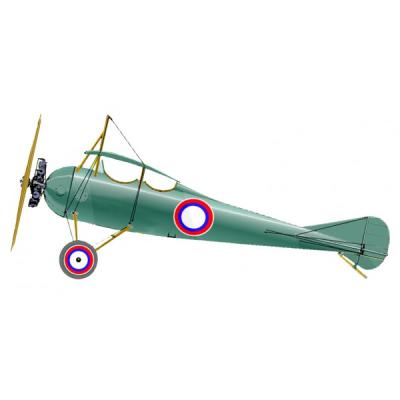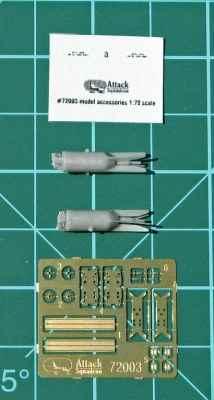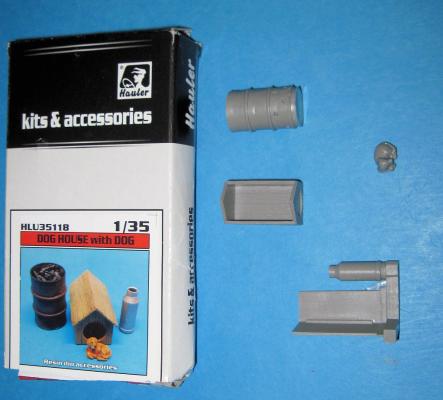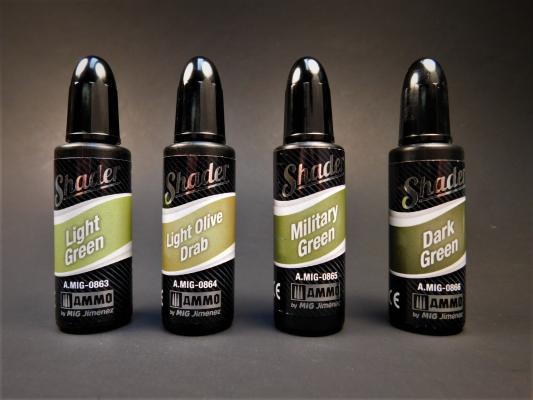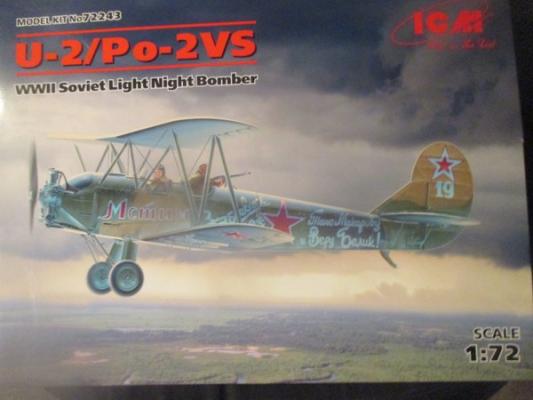When this first came up for review, I’ll admit I never heard of this plane or company which is intriguing. A little quick research and I found that this was one of the first Russian monoplanes and it had an interesting difference with many planes - no ailerons. The ends of the wing bias because of their tether tension control wiring. That was enough for me. Omega Models located in the Czech Republic makes limited run resin models of lesser known subject. This kit comes in cream colored resin in 23 pieces with decals, instructions and a length of wire.
My first action was to wash the parts with dish detergent to remove any mold release and let dry. Next, I separated the parts from casting blocks and sanded down the minimal seam lines. All this prep work is critical as finding paint not sticking or a seam line later is much harder to fix.











